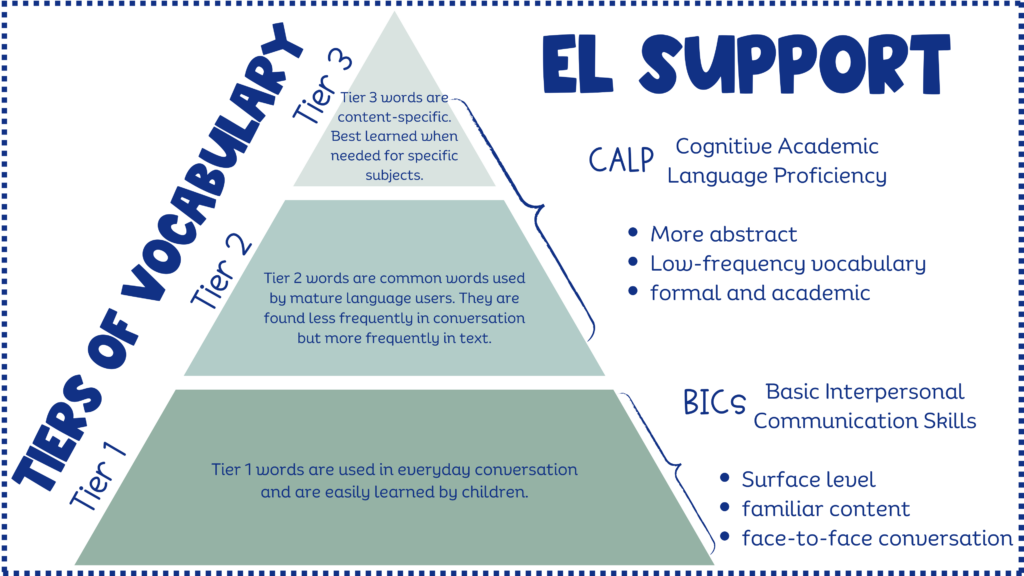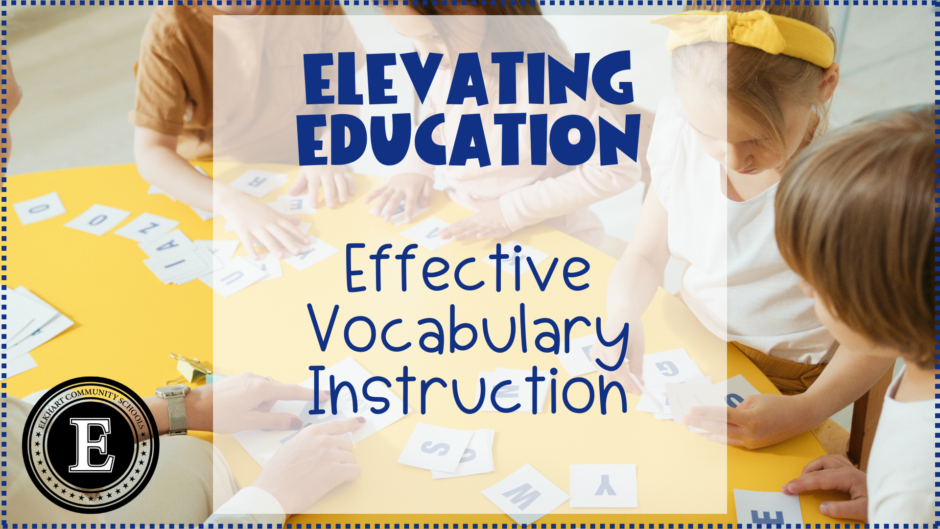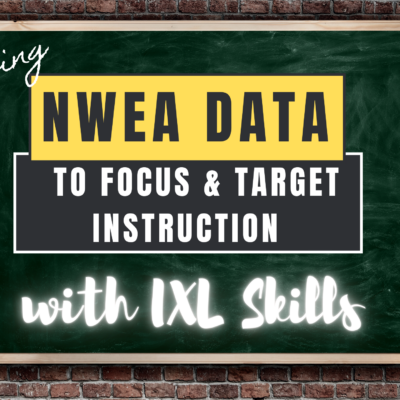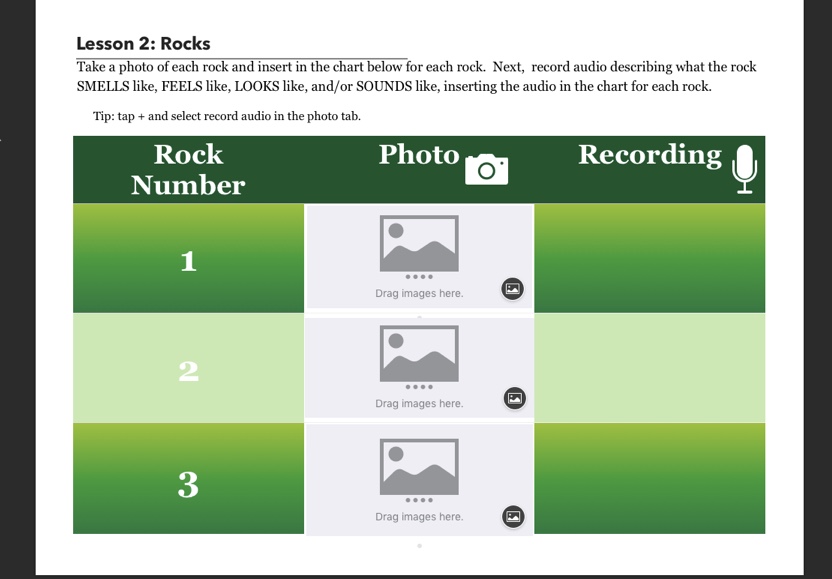Let’s delve into a topic that lies at the heart of effective teaching: vocabulary instruction. We all understand its importance—it’s essential for comprehension, expression, and critical thinking. But how do we ensure our instruction isn’t just about exposure but truly facilitates understanding and retention? In this post, we’re taking a deep dive into the art and science of vocabulary teaching. We’ll explore evidence-based strategies, practical methodologies, and insights to enhance your instructional practices.
Why Vocabulary Instruction?
Teaching vocabulary is essential for fostering academic success and narrowing the pervasive vocabulary gap observed among students. Research indicates stark differences in vocabulary knowledge between linguistically poor and rich students, with linguistically rich first graders knowing up to four times more words than their peers. This gap continues to grow throughout elementary school years, highlighting the importance of intentional vocabulary instruction.

Vocabulary is just one of the 5 main components of language comprehension. By improving students’ Language Comprehension and their ability to understand spoken language, you continue to build students’ reading comprehension.
What are the Three Tiers of Vocabulary?
When looking at vocabulary words, there are three tiers that words can be categorized into.
Tier 1 Vocabulary
Tier 1 vocabulary consists of essential words used in everyday conversation, forming the basis of language proficiency. Children naturally acquire these words through regular interactions, such as “sad,” “walk,” “elephant,” and “rain,” which are commonly heard and understood.
Beck, McKeown, and Kucan’s research highlights that students typically learn Tier 1 words independently due to their frequent exposure and simplicity. These foundational words provide the framework for more advanced language skills, allowing educators to leverage students’ existing knowledge to enhance further learning. Recognizing the significance of Tier 1 vocabulary, teachers can develop instructional approaches that build upon this familiarity, facilitating seamless progress in language development and academic success.
Tier 2 Vocabulary
Tier 2 vocabulary consists of robust, high-frequency words encountered across various academic subjects, unlike Tier 1 words, which are common in daily speech. These words are not typically acquired naturally or independently due to their limited usage in conversation.
Instead, Tier 2 words are primarily found in written texts, where they often carry multiple meanings and contribute significantly to students’ comprehension skills. Referred to as academic vocabulary, examples such as “bolt,” “fine,” “amiable,” and “harmony” illustrate how Tier 2 words transcend everyday conversation, playing a crucial role in students’ understanding of complex written material.
Tier 3 Vocabulary
Tier 3 Vocabulary encompasses specialized, low-frequency words that are pertinent to specific content areas or subjects. Unlike Tier 1 and Tier 2 words, such as “pterodactyl” or “photosynthesis,” Tier 3 words are not commonly used in everyday conversations but are essential within particular contexts. These words, such as “aorta” in biology or “isosceles” in geometry, serve distinct purposes and are typically employed when discussing a particular topic or domain, emphasizing their relevance and specificity to academic subjects. For instance, in science units or math classes, Tier 3 words like “osmosis” or “thesis” are introduced to facilitate understanding of subject-specific concepts.
How do I pick which words?
When it comes to vocabulary, it often feels like your word list could be endless. We must focus on 3-5 of the most impactful words. These words should generally be Tier 2 words for maximum impact.
By focusing on Tier 2 words, we help to support our EL population by focusing our vocabulary words on academic language (CALP) over conversational language (BICS).

Direct Reading Instruction
When leading direct reading instruction, there are four main steps to follow according to Dr. Anita Archer. Steps one and two include introducing the word’s pronounciation and the word’s meaning. Step three illustrates the word with examples. These examples could include concrete examples, visual representations, and verbal examples. The graphic below will model what direct instruction may sound like. Be sure to notice the examples of teacher talk throughout.

See it in Action
Dr. Anita Archer is a distinguished figure in the realm of education, revered for her expertise in vocabulary instruction. With a wealth of experience and a deep understanding of language acquisition, Dr. Archer has become a go-to resource for educators seeking to enhance their vocabulary teaching practices. Take time to watch the video linked below.
Notice how often she dives into the word “concentrate,” going beyond the basic definition to explore its deeper meanings. Also, pay attention to how quickly she moves along, maintaining a lively pace often described as “perky, not pokey.”
Vocabulary Teaching Resources
Notetaking Strategies
This article includes two different notetaking strategies that can help students master vocabulary, including the Frayer model and 2 Column notes.

Discovery Ed Vocabulary Quadrants
With this SOS Strategy, students will use the Frayer Model and related media to develop their understanding of key vocabulary.

Seesaw Lessons
Seesaw has a set of 10 lessons for 3rd-5th graders that demonstrate how you might teach Tier 2 vocabulary with Seesaw. You can find the set of lessons, here. Consider adapting their lessons for your own vocabulary words!



